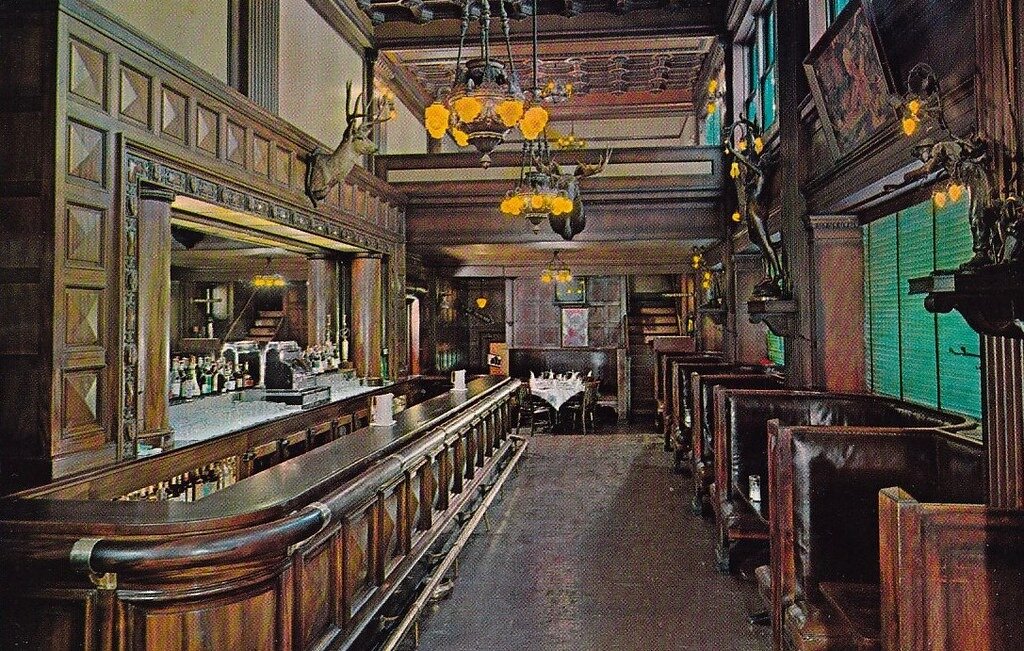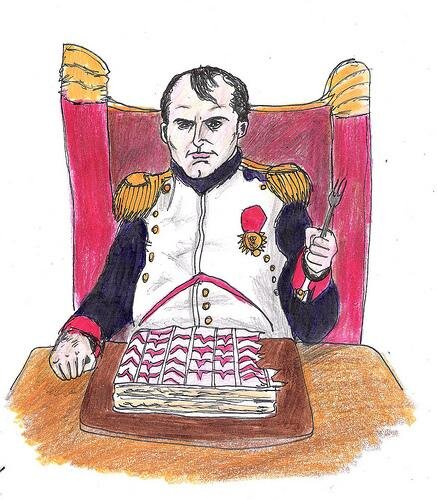Emperor Norton's 203rd: An Historical Birthday Toast & Convivium (Zoom)
Eleanor Roosevelt cutting FDR’s birthday cake at the Willard Hotel, Washington, D.C., on 29 January 1938. Among the many notables who stayed at the Willard — or frequented its bar — in Emperor Norton's day were Abraham Lincoln, Ulysses S. Grant, Walt Whitman, Mark Twain, Nathaniel Hawthorne and Julia Ward Howe, who wrote the lyrics to the "Battle Hymn of the Republic" while staying at the hotel. Photo: Library of Congress. For more on the Willard Hotel, click here.
The Emperor's Norton Trust’s seventh annual celebration of the Emperor's historical birthday on February 4th — a tradition we inaugurated with a party for the Emp's 197th, in 2015 — takes place on Thursday 4 February 2021 at 6 p.m. Pacific / 9 p.m. Eastern.
Read More



